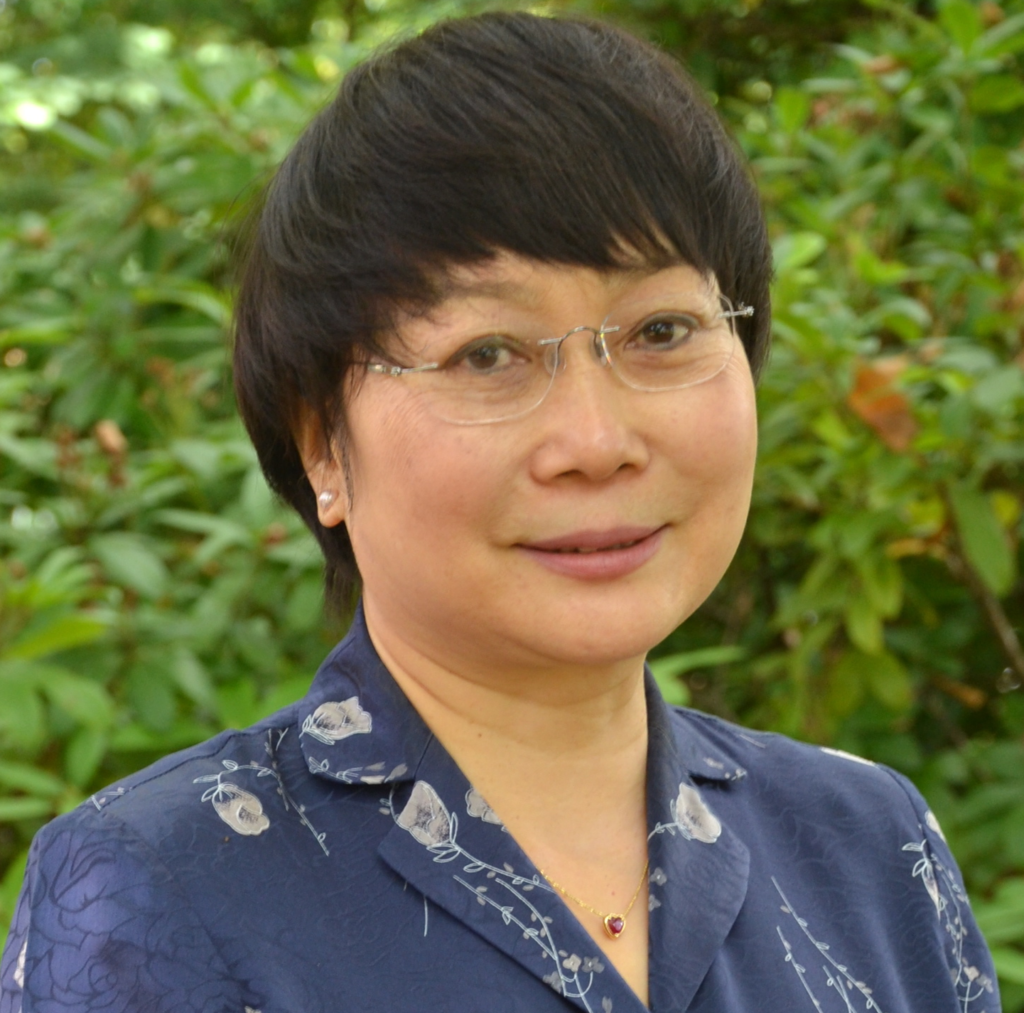It’s time to explore new approaches to provide the best care for patients with chronic pain conditions

In 2010, the New York Times published a story about Mary, a participant in a randomised trial my team conducted which investigated the efficacy of tai chi for fibromyalgia. Mary is just one of the many patients with chronic musculoskeletal pain who we see in our rheumatology and primary care clinics every day. Like those patients, Mary complained that it “hurt so much just to put my arms over my head,” “sleeping was difficult,” “I couldn’t walk half a mile,” and said that she felt no motivation or pleasure in life anymore. Patients like Mary have often tried different drugs for pain, antidepressants, physical therapy, and other approaches, and find that nothing works for them. Given the large and growing global burden of chronic pain, finding safe, effective approaches for its management is an urgent priority.
Chronic widespread pain is a complex biopsychosocial medical condition that is associated with substantial mental health comorbidities. Tai chi integrates physical, psychosocial, and behavioural elements, and may be especially suited to tackling both the psychological and somatic symptoms associated with chronic pain.
A series of studies on tai chi for chronic rheumatic conditions from our team[1-8] found that the practice has short term therapeutic benefits for pain relief and wellbeing. Several smaller, shorter efficacy trials have found similar short term benefits. In our most recent study, published in The BMJ, we compared the effectiveness of tai chi with aerobic exercise, which is a standard care, non-drug treatment for fibromyalgia. The study showed that tai chi is as or more effective than aerobic exercise, and that longer duration of treatment provides greater effect. We also found that these therapeutic benefits were consistent across a diverse group of patients, regardless of the instructor. This suggests that the intervention can be delivered in a standardised manner by appropriately trained instructors. Therefore, tai chi may be applied in a variety of settings for a range of patients.
Despite the well established benefits of aerobic exercise as a core standard treatment for fibromyalgia, patients in our trial had difficulty adhering to the aerobic exercise programme. This may not be surprising—many patients with fibromyalgia find performing and adhering to exercise programmes hard. Complaints such as “the floor is too hard,” “I cannot stand this,” “I’m too tired,” or “I’m in too much pain” were common. Despite encouragement by study staff, many participants missed classes, and attendance was lower than in the tai chi group. In contrast, people from the tai chi group continue to call our office looking for opportunities for tai chi training now that the study has ended. What we found suggests that patients may be more likely to enjoy, manage, and continue to practise tai chi, perhaps because it involves gentle, low impact movements with minimal side effects.
It may be time to rethink what type of exercise is most effective for patients with fibromyalgia. More importantly, what types or combinations of exercise would patients embrace in the long term? The public health problem of chronic pain calls for an “all hands on deck” approach to give patients feasible therapeutic options for the management of fibromyalgia. It is time, therefore, for physicians to explore new approaches and rethink their strategies in order to provide the best care for patients with chronic pain conditions.
Chenchen Wang is a professor of medicine at Tufts University School of Medicine and director of the Center for Complementary and Integrative Medicine in the Division of Rheumatology at Tufts Medical Center, Boston, US.
Competing interests: None declared.
In memory of (my beloved husband), Dr. Carl O. Bozler, the MIT Lifetime Achievement Award scientist for his (endless love), inspirational encouragement, and infinite support on this scientific research.
References
- Wang C, Schmid CH, Iversen MD, et al. Comparative effectiveness of tai chi versus physical therapy for knee osteoarthritis: a randomized trial. Annals of Internal Medicine. 2016;165(2):77-86.
- Wang C. Role of tai chi in the treatment of rheumatologic diseases. Current Rheumatology Reports. 2012;14:598-603.
- Wang C. Tai chi and rheumatic diseases. Rheumatic Disease Clinics of North America. 2011;37:19-32.
- Wang C, Schmid C, Kalish R, et al. A randomized trial of tai chi for fibromyalgia. New England Journal of Medicine. 2010;363:743-54.
- Wang C, Schmid C, Hibberd P, et al. Tai chi is effective in treating knee osteoarthritis: a randomized controlled trial. Arthritis & Rheum. 2009;61:1545-53.
- Wang C. Tai chi improves pain and functional status in adults with rheumatoid arthritis: results of a pilot single-blinded randomized controlled trial. Medicine and Sport Science. 2008;52;218-29.
- Wang C, Roubenoff R, Lau J, et al. Effect of tai chi in adults with rheumatoid arthritis. Rheumatology. 2005;44 685-7.
- Wang C, Collet J, Lau J. The effect of Tai Chi on health outcomes in patients with chronic conditions: a systematic review. JAMA Internal Medicine. 2004;164:493-501.
